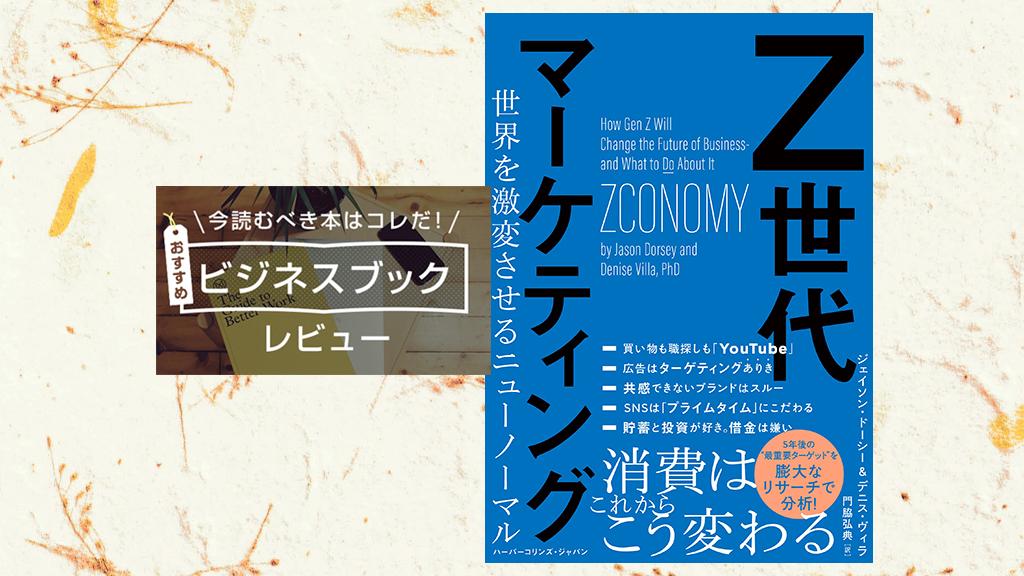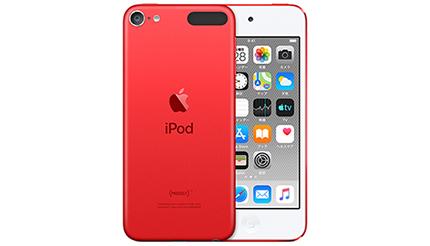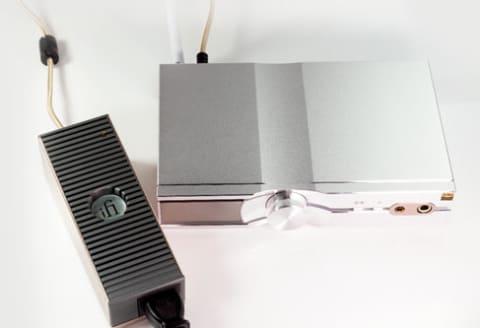The biggest feature of the iPhone 13 Pro released last month is the evolution of camera performance.
This time, we will focus on still photography and review with examples how the camera of iPhone 13 Pro has evolved.
An ultra-wide-angle camera with greatly improved image quality and macro capabilities is the centerpiece of evolution
Let's start with the ultra-wide-angle camera.
This time, the iPhone 13 Pro's ultra-wide-angle camera can capture 1.92 times more light, improving image quality.
The dynamic range is wide, and shadows are depicted without being crushed even in scenes with large differences in brightness. Especially with a super wide-angle camera, when shooting outdoors, the composition tends to allow the sun to enter, which is a nice improvement.
As the F value decreased from 2.4 to 1.8, the depth of field became shallower, so what used to be a fixed focus type now supports autofocus. Furthermore, taking advantage of the small focal length, the shortest shooting distance is 2 cm, making it possible to use it like a macro lens.
However, the problem with this macro function is that the shadow of the iPhone is easily reflected.
The ultra-wide-angle camera is located on the innermost side, probably due to the limitation of the internal structure. Therefore, when approaching the subject, shadows are likely to appear, and it is necessary to consider the direction of the light source and the direction in which the camera is pointed. If you shoot from an angle so that shadows do not appear, the four corners will not be in focus and the image will look like the surroundings have flowed, which discourages you from actively using it.
Also, I am concerned that there is no image stabilization. Although the ultra-wide-angle camera supports night mode, it has no image stabilization and its effect is modest. The wider the angle of view, the easier the sensor shift type image stabilization will be, and the more powerful the night mode will be, so I would like it to be installed if the design permits.
Wide-angle camera with no complaints
It is no exaggeration to say that the wide-angle camera is used most often.
The wide-angle camera captures 2.2 times more light by improving the F value and sensor, and the pixel pitch of the image sensor has increased from 1.7 μm to 1.9 μm. (By the way, the pixel pitch of AQUOS R6 equipped with a 1-inch sensor is 2.4 μm)
This makes it possible to take pictures with a very high resolution even though the number of pixels is small at 12 million pixels.
Also, because the sensor size is large and the F value is small, it will be blurred even if it is not in portrait mode. Night portraits that make use of the LiDAR sensor are a privilege of the Pro model, but it seems that it will not come into play if it is blurred so well.
This content is not available in your privacy settings.Please change the setting hereAlso, the performance in the dark is improved. By fixing it to a tripod, a night mode of up to 30 seconds is activated, and it is possible to capture a starry sky full of sky, although it is not as good as Pixel's celestial mode.
The main wide-angle lens is the strongest in iPhone history and is of undisputed high quality. Speaking of force, the newly installed sensor shift type image stabilization only corrects the X-axis and Y-axis, and the yaw, pitch, and low axes are easy to shake, but they are inferior to the conventional ones. I haven't done so, so there is no problem.
A telephoto camera that can capture landscapes with the same level of image quality as a wide-angle camera
The telephoto camera has increased from 2x (35mm equivalent: 52mm) to 3x (35mm equivalent: 77mm). For camera enthusiasts, is it easier to tell that it has changed from a 50mm single focus to a 24-70mm convenient zoom telephoto end?
The F value is slightly darker F2.8. (By the way, Xpeira 1 III is 70mm and F2.3) The F value increases as the distance increases, so it is not a bad value for a non-periscope telephoto camera that cannot take up a large space.
This telephoto camera is a lot of fun.
I used a smartphone with a telephoto camera for the first time, but it is interesting to be able to cut out a part of the scenery I found by accident.
This time, the angle of view has increased from 2x to 3x (77mm in 35mm format), so you can use it with a feeling close to the 90mm angle of view often used in portrait photography. The distance to the subject is just right, and it goes very well with the outdoor portrait mode.
This content is not available in your privacy settings.Please change the setting hereIf you have purchased MUJI models, please try it.
As a caveat, it is not suitable for applications that attract distant objects. The iPhone 13 Pro's telephoto is only 3x, so it's perfect for a little landscape-cutting snap, but it can't beat an Android smartphone like "10x optical zoom with a periscope!".
Also, in a small space such as indoors, it is three times too narrow and difficult to use. We recommend using the main wide-angle lens for indoor table photos.
Adjustable to your favorite color with photograph style
The new Photograph Style added to the iPhone 13 Pro is, in a nutshell, a function that changes colors naturally.
With A15 Bionic, you can adjust the color temperature and contrast while layering, and you can finish your photo to your liking without major damage.
This is a feature, but I rarely used it personally. Because it is troublesome to start.
How to use the photograph style
Steps are required. If you adjust each image one by one, the tempo of shooting will be very bad, so it was better to shoot with Apple Pro RAW and finish it to your liking with RAW development when you have time at a later date.
However, it is a recommended function for people who say "RAW files are very heavy and I don't like it, and it is troublesome to develop RAW files one by one". Especially in the case of iPhone, the color temperature of the night view tends to be high, so when shooting a night view, it seems that you can easily finish it cool by making it a cold atmosphere with a photograph style.
Brighter and easier-to-see display
The iPhone 13 Pro's display has a maximum brightness of 1000 nits, making it the brightest iPhone in history. (IPhone 12 MUJI is 625 nits, iPhone 12 Pro and iPhone 13 MUJI is 800 nits)
When I was using the iPhone 12 mini, I often couldn't see the screen when shooting in the middle of summer, but with the iPhone 13 Pro, the display is fairly clear even when it's shining, so it's easy to compose and shooting was very quick.
The function seems to be Pro, but the UI has not caught up
I feel that the biggest problem with the iPhone 13 Pro camera is the UI.
The iPhone 13 Pro has professional features such as Apple Pro RAW and Photograph Style for stills, and Cinematic, ProRes, and Dolby Vision HDR for videos.
Although many PRs are aimed at professionals, the UI of the camera app is still for the masses, and it is very difficult to use now that it has become multifunctional.
The biggest problem is probably the "problem of switching lenses without permission".
Until now, the iPhone may have been digitally zoomed with a wide-angle lens even at telephoto depending on the amount of light, but the iPhone 13 Pro has a macro function on the ultra-wide-angle lens, so when you get close to the subject in any state, the ultra-wide-angle lens will be selfish. It will switch to.
However, it is only a slight change in image quality and angle of view that indicates that the switch has been made, and it is not clearly shown on the app. This is a very musician, and if you are not focused at the time of shooting, the image quality may be unintentionally poor.
Apple has promised to fix this issue. "Like the Xperia 1 II, which had no Photography Pro at the time of its release, and the AQUOS R6, which was designed to focus on the glass surface, it is up to the Android smartphone to release an unfinished product for the time being and update it later. Somewhere I thought, "Apple doesn't do that!", But that wasn't the case.
Another problem is that the location of various functions is difficult to understand.The current situation is
However, the size of the iPhone 13 Pro is too small to reach the top with one-handed operation, so I think it's okay to organize these a little more. In particular, I think it's okay to use macro mode intentionally, so you should prepare a dedicated item, and even without it, you should at least clearly indicate on the screen what lens is being used.
The automatic macro mode is the same as the automatic night mode, and it is probably because anyone can easily take beautiful pictures unintentionally. However, the Pro series should be a model that even professionals in photography and video can use to see Apple ads. If you really want professionals to use it, Apple has renewed the current camera app that added new functions to the existing UI later and refurbished it, and there is also a professional UI that allows you to operate various functions like Sony's Photography Pro as you like. I think it should be prepared.
Summary: The highest peak model that is steadily evolving, but still sweet
The iPhone 13 Pro has high quality photos that can be taken with any camera, and I felt that it was the industry-leading Apple. In particular, the evolution of the ultra-wide-angle camera, which has a larger sensor size and is compatible with AF, and the telephoto camera, which has been changed from 2x to 3x, is tremendous.
On the other hand, there are still some doubts about professional equipment. In particular, it is not preferable that you cannot specify the lens to be used and that the lens is switched without permission because you cannot operate it as you wish.
With iOS 15, you can finally see EXIF in the default Photos app. We expect that the camera app will be easier to use in future updates.
Finally, I would like to conclude by introducing the works taken with the iPhone 13 Pro.
Related article:
iPhone 13 built-in camera, started development 3 years ago-Apple executives talk
Differences from the 13 seen using the iPhone 13 Pro's camera For discerning people who enjoy shooting itself
This content is not available in your privacy settings. Please change your settings here. This content is not available in your privacy settings. Please change your settings here. This content is not available in your privacy settings. Please change your settings here. This content is not available in your privacy settings.Please change the setting here



